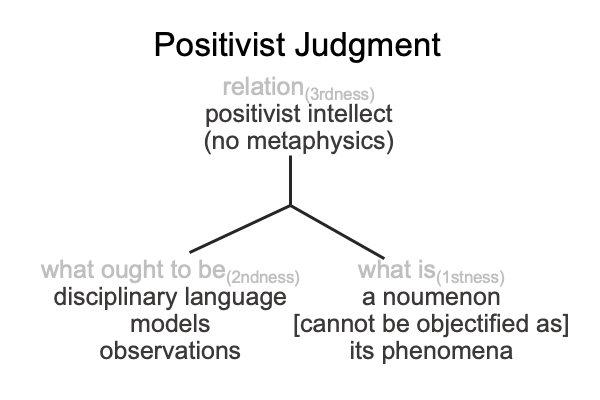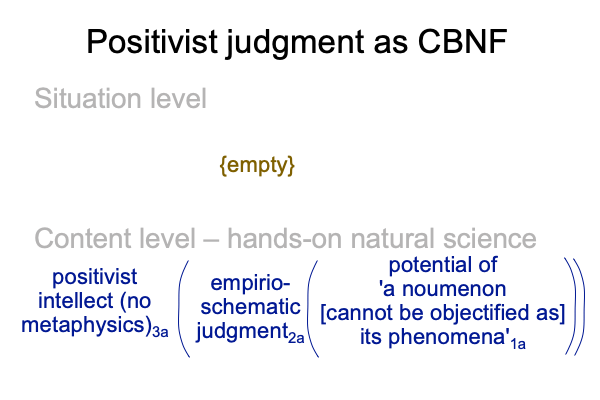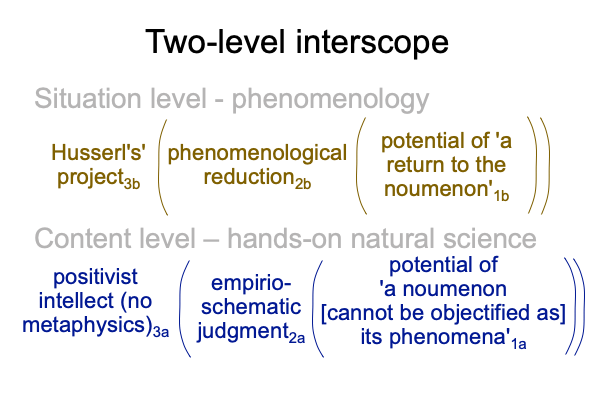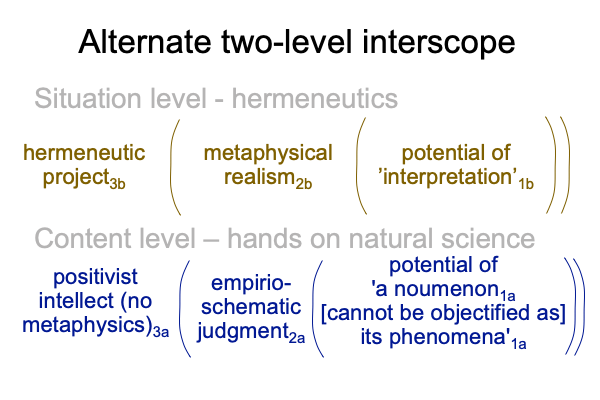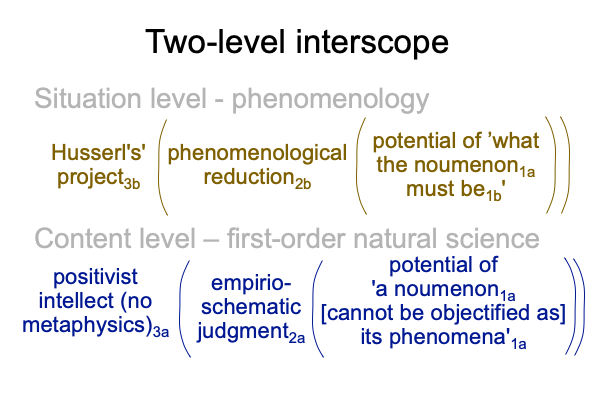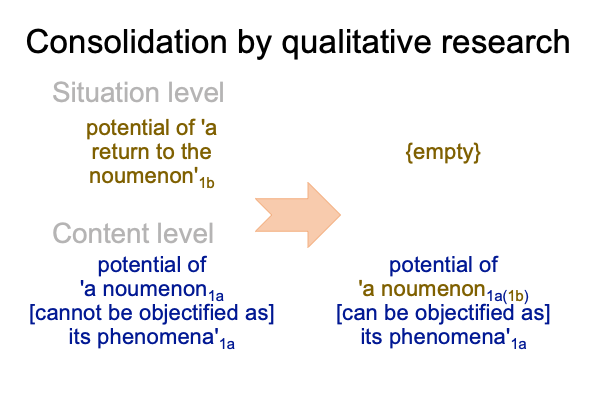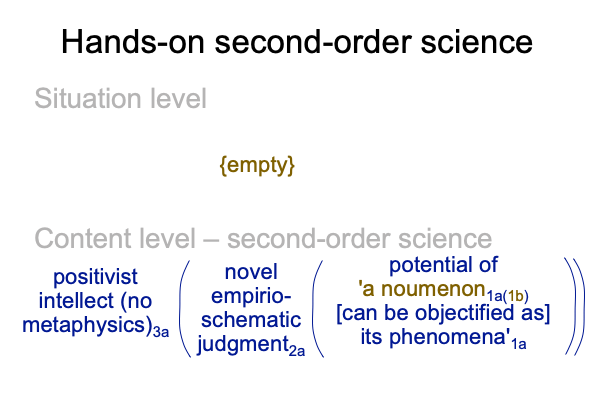Information on the Series: Phenomenology and the Positivist Intellect
In the Fall of 2021, the American Catholic Philosophical Quarterly publishes three essays on phenomenology. Each author asks, “Why does phenomenology exclude other philosophical traditions, such as Thomism, when they share similar concerns?” The essays are not only remarkable for what they say, they are also remarkable for what they do not say. None mention natural science.
Of course, this lacunae demands exploration. Edmund Husserl (1856-1938 AD) lives in the heyday of modern science. He calls for a “return to the noumenon”. He names his method, “phenomenological reduction”. So, phenomenology concerns the noumenon and its phenomena.
The series on empirio-schematics serves as a resource. The noumenon and its phenomena appear in the Positivist’s judgment, initially derived in Comments on Jacques Maritain’s Book (1935) Natural Philosophy.
Contributions to this series are listed below, in order of production. Most are available at smashwords and other electronic book vendors. Those that appear on the blog at www.raziemah.com are noted, along with dates.
Reverie on Mark Spencer’s Essay (2021) “The Many Phenomenological Reductions” (e-article, note on blog September 2021)
Comments on Joseph Trabbic’s Essay (2021) “Jean-Luc Marion and … First Philosophy” (e-article, note on blog October 2021
Comments on Richard Colledge’s Essay (2021) “Thomism and Contemporary Phenomenology” (e-article, note on blog October 2021)
Comments on Jack Reynolds’ Book (2018) “Phenomenology, Naturalism and Science”. (e-article, note on blog March 2022)
Looking at John Perez Vargas, Johan Nieto Bravo and Juan Santamaria Rodriguez’s Essay (2020) “Hermeneutics and Phenomenology in… Social Sciences Research” (blog only, www.raziemah.com, April 2022)

